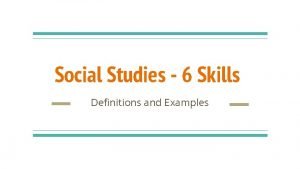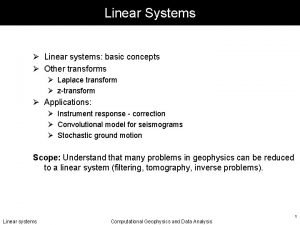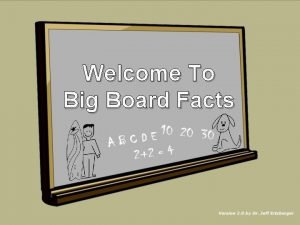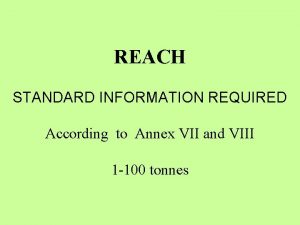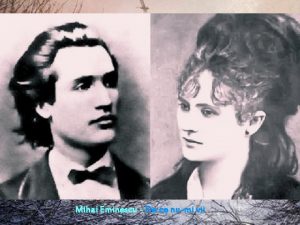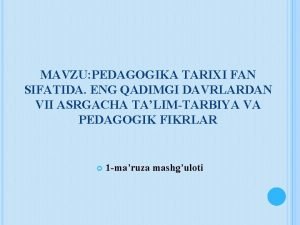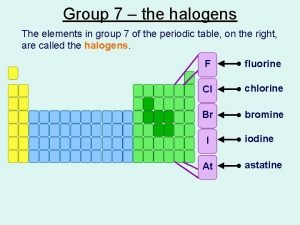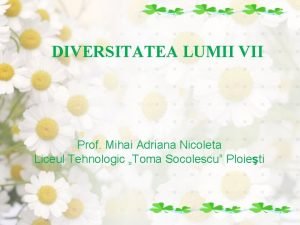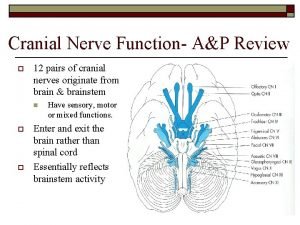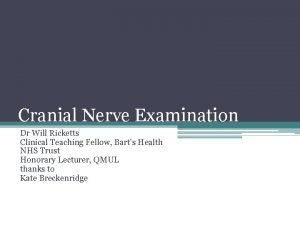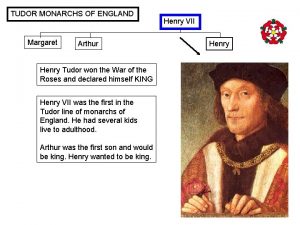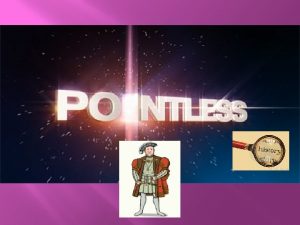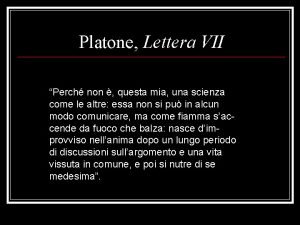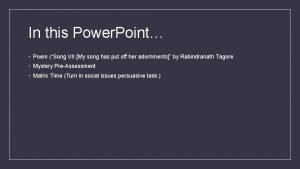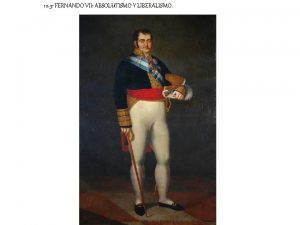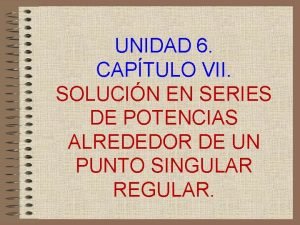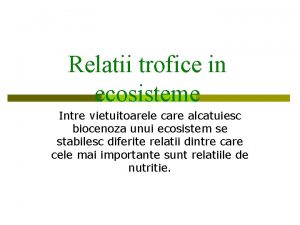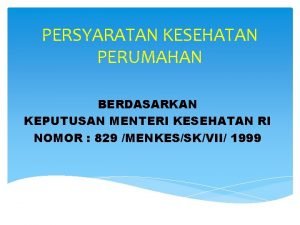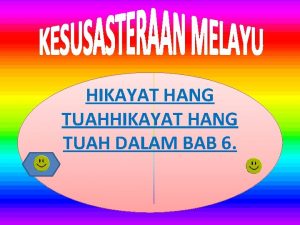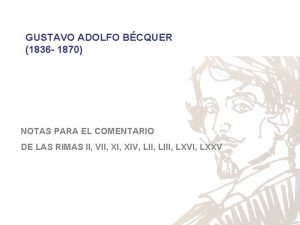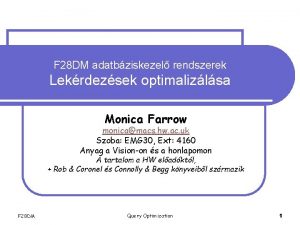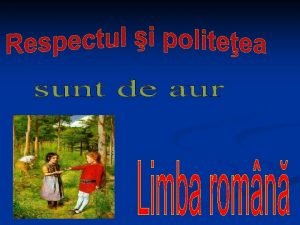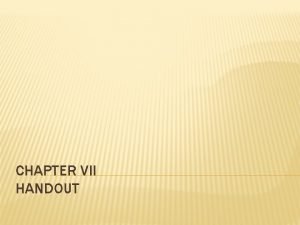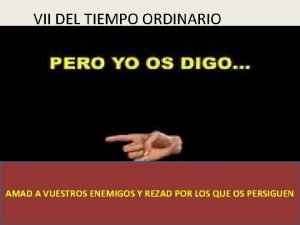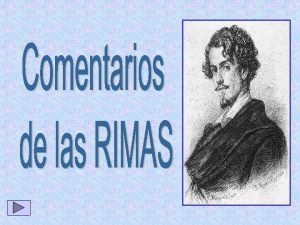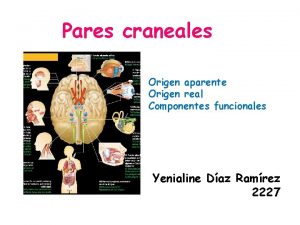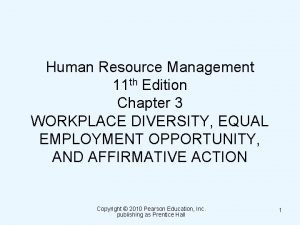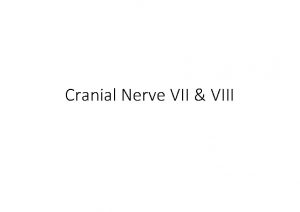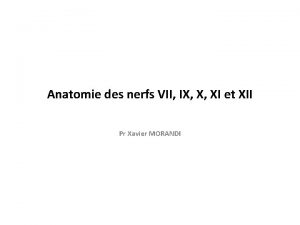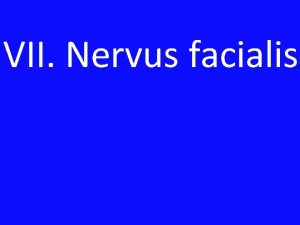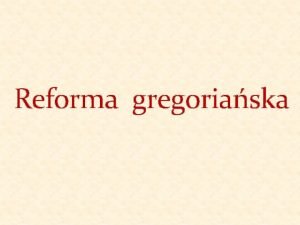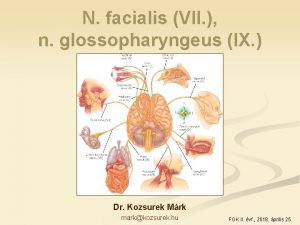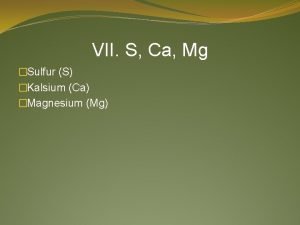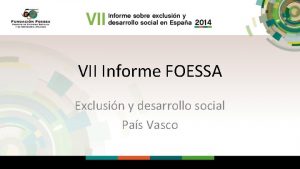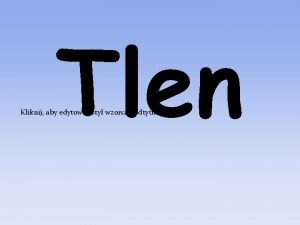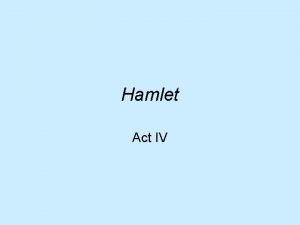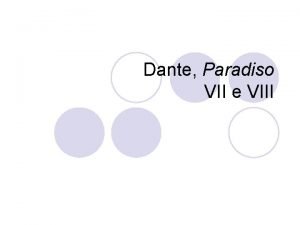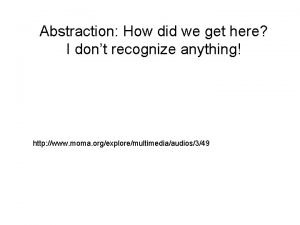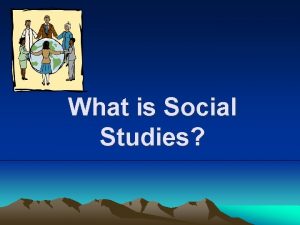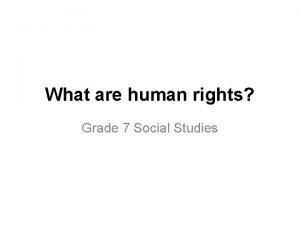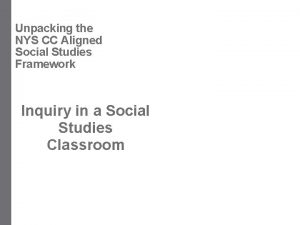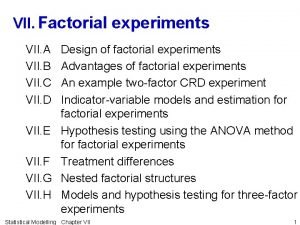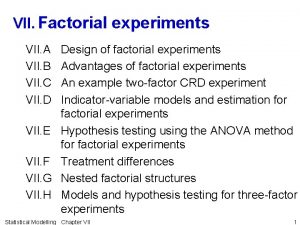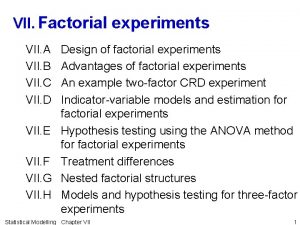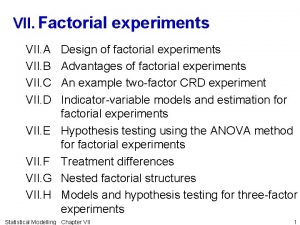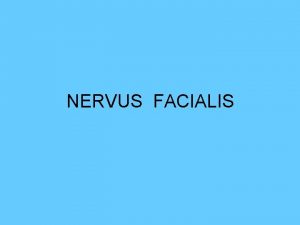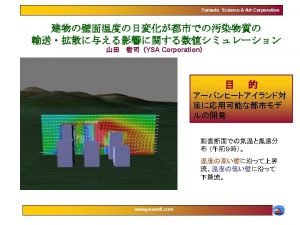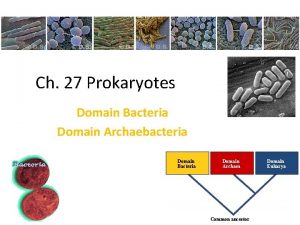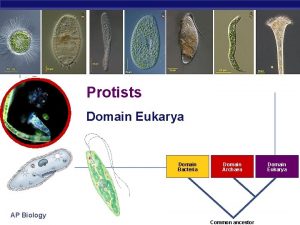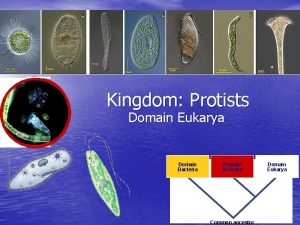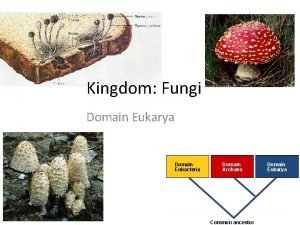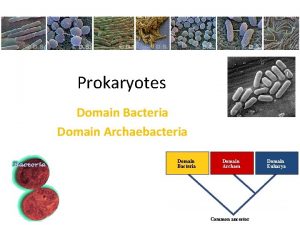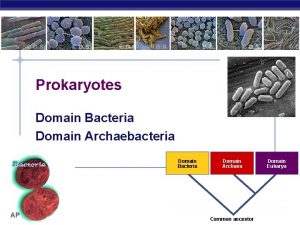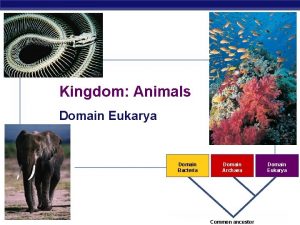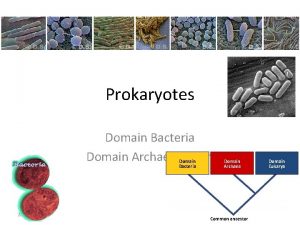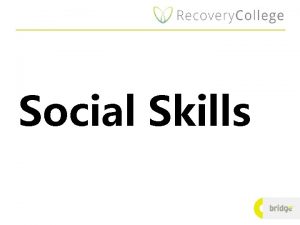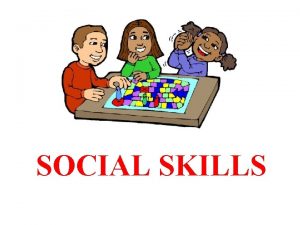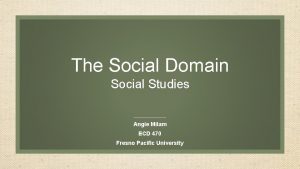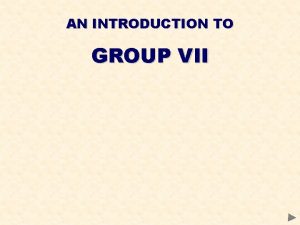Domain VII Social Studies Skills SOCIAL STUDIES SKILLS







































































- Slides: 71

Domain VII: Social Studies Skills SOCIAL STUDIES SKILLS, RESEARCH, AND INSTRUCTION










































Analyzing Social Studies Information Read below to learn more about analysis. (TEKS covered 7 th 20 B, 8 th 29 B, 9 th 21 D, 10 th 28 E, 11 th 28 B, 12 th 21 A, 19 A, PSY 14 D, SOC 19 B, SP 2 D, RM 3 B, 4 B) Thematic In many areas, student can take a thematic approach to their research when they analyze the evidence or sources they find. Examples of this include sequencing information in terms of a chronological time frame or in terms of a cycle or process. They should also be able to categorize information into different categories as they analyze the data. Having students create a thematic map, for example, would allow them to take and analyze the data from their research. It can also help those studying world history to take a thematic approach. For example, they can organize their study based on region and track and develop a timeline to sequence through the development of one region at a time. Economic research could look at one aspect of fiscal monetary policy and then another and categorize conditions in which the government would apply each. A study of the concept of judicial review in government could also use a sequencing or categorical approach when looking at Supreme Court cases.

Analyzing Social Studies Information Read below to learn more about analysis. (TEKS covered 7 th 20 B, 8 th 29 B, 9 th 21 D, 10 th 28 E, 11 th 28 B, 12 th 21 A, 19 A, PSY 14 D, SOC 19 B, SP 2 D, RM 3 B, 4 B) Relational Students also need to be able to see relationships and associations between the data and/or the actors covered in the data they uncover in their research. Being able to identify correlations between data and actions will help them form the supporting evidence for their thesis. They should be able to see easily the cause-and-effect relationships as well. The ability to see ways in which data compares and contrasts is also important. Developing and using tools such as the Venn Diagram can help with this area as well. For example, in both world and early US history, you could have students do a compare and contrast analysis of the Old World of Europe and the New World of the Americas. Having students break down differences in religion, ideas on use of land, and trade could help them see ways in which there were some major differences (such as religion) and similarities (such as trade). They can then speculate as to which factor most contributed to the conflict between the two at the early contact.

Analyzing Social Studies Information Read below to learn more about analysis. (TEKS covered 7 th 20 B, 8 th 29 B, 9 th 21 D, 10 th 28 E, 11 th 28 B, 12 th 21 A, 19 A, PSY 14 D, SOC 19 B, SP 2 D, RM 3 B, 4 B) Synthesis Synthesizing information requires a higher order of thinking. It starts with finding the main idea in any given text. For students of history, they can look for the main point an historian is trying to make in a secondary source. Completing a study of multiple secondary sources (historiography) will help students understand the main arguments in the discipline on their topic. They can then synthesize this information to summarize where the field stands on any one issue or event. They can also use data to make generalizations once they detect a pattern in their data. If they see in government that the two major parties begin to change their overall platform time and again when a third party starts gaining seats in elections, they could make the generalization that when third parties rise, the two major parties always respond.

Analyzing Social Studies Information Read below to learn more about analysis. (TEKS covered 7 th 20 B, 8 th 29 B, 9 th 21 D, 10 th 28 E, 11 th 28 B, 12 th 21 A, 19 A, PSY 14 D, SOC 19 B, SP 2 D, RM 3 B, 4 B) Critical Thinking through their research on their own requires critical thinking skills. The ability to draw inferences and come to supportable conclusions, backed by strong evidence should be a key goal when conducting research. In essence this occurs at the end of the research project when the evidence has been located, gathered, analyzed and used. The final product could include an oral presentation or written paper, but it could also include the construction of a museum-type exhibit. Students can use existing technology to create small documentaries or websites as well. Going beyond a mere discussion of the basic facts, but arguing reasons why the data is relevant in today's world is another example of critical thinking.

























 Inclusar
Inclusar Domain co domain and range of a relation
Domain co domain and range of a relation Z domain to frequency domain
Z domain to frequency domain Frquency domain
Frquency domain Z transform
Z transform Z transform of delta function
Z transform of delta function Domain specific vs domain general
Domain specific vs domain general Domain specific software engineering
Domain specific software engineering Problem domain vs knowledge domain
Problem domain vs knowledge domain S domain to z domain
S domain to z domain The designer expresses the ideas in terms related to the
The designer expresses the ideas in terms related to the Paradigm shift from women studies to gender studies
Paradigm shift from women studies to gender studies Tetrarsenic decoxide
Tetrarsenic decoxide Fernando vii
Fernando vii Reach annex vii
Reach annex vii Tema poeziei de ce nu-mi vii
Tema poeziei de ce nu-mi vii Pedagogika tarixini davrlashtirish muammosi
Pedagogika tarixini davrlashtirish muammosi Halogens periodic table
Halogens periodic table Pasari carenate
Pasari carenate How to assess facial nerve
How to assess facial nerve Cranial nerve examination
Cranial nerve examination Henryk vii tudor
Henryk vii tudor Clasificarea mamiferelor dupa modul de hranire
Clasificarea mamiferelor dupa modul de hranire Monarchs of england
Monarchs of england King henry viii family tree
King henry viii family tree Henry vii
Henry vii Lettera vii platone
Lettera vii platone Foramen stylo mastoïdien
Foramen stylo mastoïdien What is the theme of the poem song vii
What is the theme of the poem song vii 6/1996. (vii. 16.) müm rendelet
6/1996. (vii. 16.) müm rendelet Resolution number 435 series of 1997
Resolution number 435 series of 1997 10/2015 (vii. 30) hm
10/2015 (vii. 30) hm Fernando vii absolutismo
Fernando vii absolutismo Vii=i solucion
Vii=i solucion Relatii trofice lant trofic
Relatii trofice lant trofic Sekian dan terima kasih ppt
Sekian dan terima kasih ppt Sinopsis cerita hikayat hang tuah
Sinopsis cerita hikayat hang tuah Rima vii becquer comentario
Rima vii becquer comentario F
F Inferno canto 7 parafrasi
Inferno canto 7 parafrasi Soarele de dupa vii isi arata fata
Soarele de dupa vii isi arata fata Handout is
Handout is Te har
Te har Rima xxix
Rima xxix Origen real de los nervios craneales
Origen real de los nervios craneales Title vii of the civil rights act
Title vii of the civil rights act Vestibulocochlear nerve.
Vestibulocochlear nerve. Title vii of the civil rights act
Title vii of the civil rights act Xavier morandi
Xavier morandi Kornea refleksi siniri
Kornea refleksi siniri Spotkanie grzegorza vii z cesarzem henrykiem iv obraz
Spotkanie grzegorza vii z cesarzem henrykiem iv obraz Ten-tec omni vii problems
Ten-tec omni vii problems Nervus petrosus
Nervus petrosus Vii. a skupina
Vii. a skupina Vii.a skupina
Vii.a skupina Halogen group
Halogen group Vii s
Vii s Vii informe foessa
Vii informe foessa Manganian vii potasu rozkład termiczny
Manganian vii potasu rozkład termiczny Hamlet act iv scene iii
Hamlet act iv scene iii Ottavo canto paradiso
Ottavo canto paradiso Fragment 2 for composition vii, 1913.
Fragment 2 for composition vii, 1913. Social tenure domain model
Social tenure domain model Social thinking and social influence
Social thinking and social influence Social thinking social influence social relations
Social thinking social influence social relations Intra-personal skills
Intra-personal skills What is soft skills
What is soft skills Ontario skills passport essential skills
Ontario skills passport essential skills Absolute location meaning
Absolute location meaning What is living together in social studies
What is living together in social studies Human rights grade 7
Human rights grade 7 Social studies standards nys
Social studies standards nys
